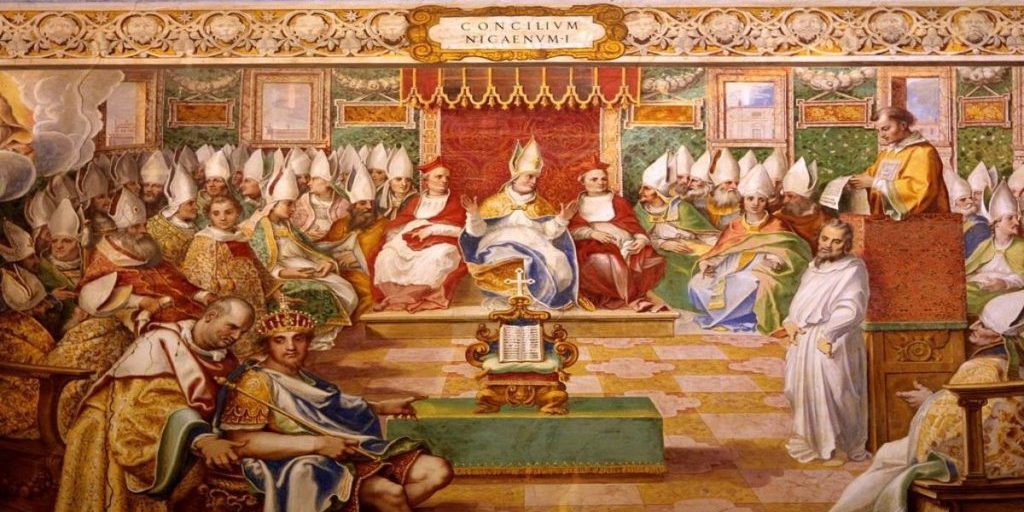
The Nicene Creed: An Introduction
For centuries, the Nicene Creed has been central to the church’s confession. The Nicene Creed: An Introduction (Lexham, 2023) by Phillip Cary explores the Creed’s riches with simplicity and clarity. Cary explains the history of the Creed and walks through its meaning line by line. Far from being abstract or irrelevant, the words of the Creed carefully express what God has done in Christ and through the Spirit. The Nicene Creed gives us the gospel. It gives biblical Christians the words for what we already believe. And when we profess the Creed, we join the global church throughout history in declaring the name and work of the one God—Father, Son, and Spirit. Gain a fresh appreciation for the ancient confession with Phillip Cary’s help.
The 2023 C redo Magazine Book of the Year
redo Magazine Book of the Year
The Trinity in Simple Terms
The doctrine of the Trinity is about the God in whose name we are baptized: the Father, the Son, and the Holy Spirit. The mystery it reveals has at its heart the eternal begetting of the Son and the eternal procession of the Spirit. The technical terms needed to give a precise account of the logic of the doctrine, terms like ousia and hypostasis and person, have proved to be indispensable but are not the heart of the doctrine. Still less important is talk about how God is “three in one,” which is a nice piece of rhetoric but is hardly essential to the doctrine itself. The Creed never uses the word “three,” and you can be a perfectly fine Nicene Christian, well-instructed in the doctrine of the Trinity, without ever having heard that God is “three in one.” For that matter, the label “Trinity,” as handy as it is, is not essential to the doctrine of the Trinity. What is essential is the faith in God—Father, Son, and Holy Spirit—that is confessed in the Creed. So no preacher need be flummoxed, as so often happens on Trinity Sunday, by the impossibility of explaining how God is three in one. You can teach the doctrine of the Trinity without ever bothering with the word “three.”
What is helpful is to understand something of the logic of the doctrine of the Trinity. It is a doctrine, after all, which means it is something meant to be taught (from Latin doctrina, “teaching”). It has a logic; for it is not some kind of mumbo jumbo about threeness and oneness but rather the Christian teaching that makes sense of the way Scripture tells the story of God the Father, Jesus the Son of God, and the Holy Spirit. This logic can be stated in simple language, without technical terminology.
The bare bones of the logic can be set down in seven statements, which I learned from Augustine. Once you learn them, you can teach someone the bare bones of the doctrine of the Trinity in less than two minutes (I’ve done it more than once). You start with a trio of affirmations about who is God:
1. The Father is God.
2. The Son is God.
3. The Holy Spirit is God.
Then you add a trio of negations, to distinguish each from the other (to remember how it goes, move forward from the first person to the second, then from the second to the third, and come back at the end to the first person):
4. The Father is not the Son.
5. The Son is not the Holy Spirit.
6. The Holy Spirit is not the Father.
Then, for the clincher, add monotheism:
7. There is only one God.
The above excerpt is from The Nicene Creed: An Introduction (Lexham, 2023) by Phillip Cary. Used by Permission.

